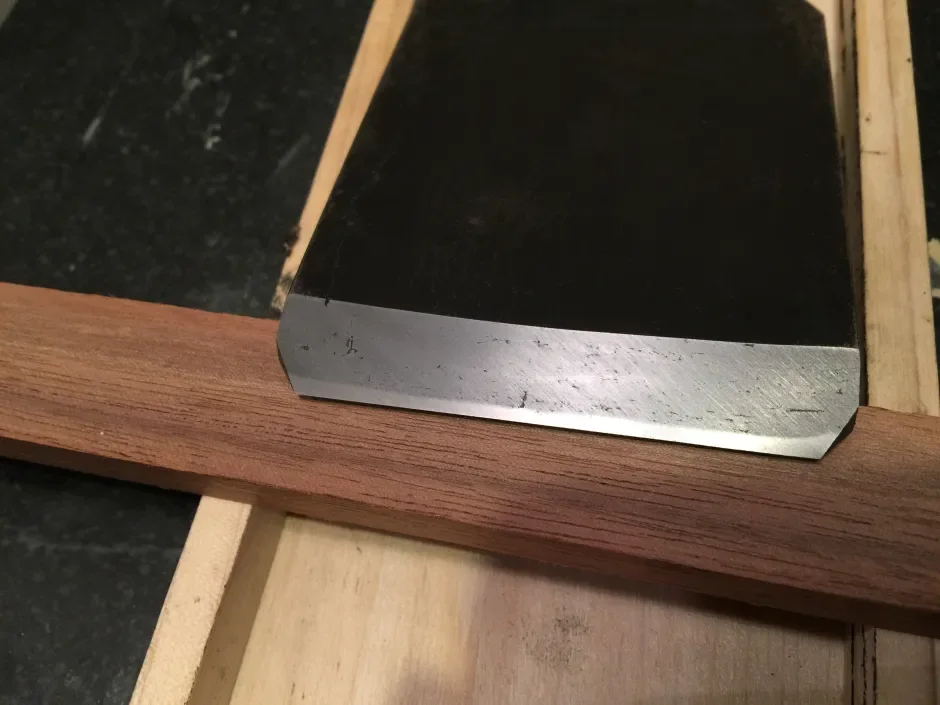Blue Paper Steel vs White Paper Steel
Among Japanese tool steels, few names are as respected as shirogami (white paper steel) and aogami (blue paper steel). Both are made by Hitachi Metals and are considered premium choices for chisels, planes and edge tools, but each steel offers its own strengths, characteristics and ideal uses. Understanding the difference helps woodworkers choose the right tool for the job.
White paper steel (shirogami) is the purer of the two. It contains very few added alloys, relying mainly on high-carbon steel with minimal impurities. This simplicity gives white steel a remarkable ability to take an extremely sharp, fine edge. Craftspeople often choose shirogami tools for detailed work, finishing cuts and applications where absolute sharpness matters. Because of its purity, however, white steel can be slightly more brittle if mistreated, and it requires attentive sharpening. When honed well, it delivers a crisp, clean feel in the timber that many enthusiasts consider unmatched.
Blue paper steel (aogami) contains additional alloying elements such as chromium and tungsten. These additions make the steel tougher, more durable and more resistant to wear. Blue steel tools generally hold their edge longer and can withstand heavier work without chipping. For woodworkers who regularly tackle dense hardwoods or perform extended cutting sessions, aogami offers a balanced combination of longevity and strength. While it may not take quite as fine an edge as premium white steel, it remains extremely capable and more forgiving in demanding conditions.
In practice, white paper steel excels in ultimate sharpness and precision, while blue paper steel shines in durability and edge retention. Both steels represent the pinnacle of Japanese metallurgical tradition. Choosing between them comes down to how you work, what you cut, and whether you value flawless sharpness or long-lasting endurance.


